The Cultural Trip to Dongtai Reported by SJTU International Student
Student Name: Gideon Mensah Engmann
Introduction
A cultural trip was organized by the China Scholarship Council (CSC) from 20th November to 22nd November, 2015 to help students understand China and its culture. The CSC Students who went for the trip were selected from a number of universities in Shanghai namely Shanghai Jiao Tong University, Fudan University, East China Normal University, Tongji University, Shanghai Maritime University, etc. We arrived at Dongtai in the evening of 20th November and enjoyed various typical Chinese quisine.
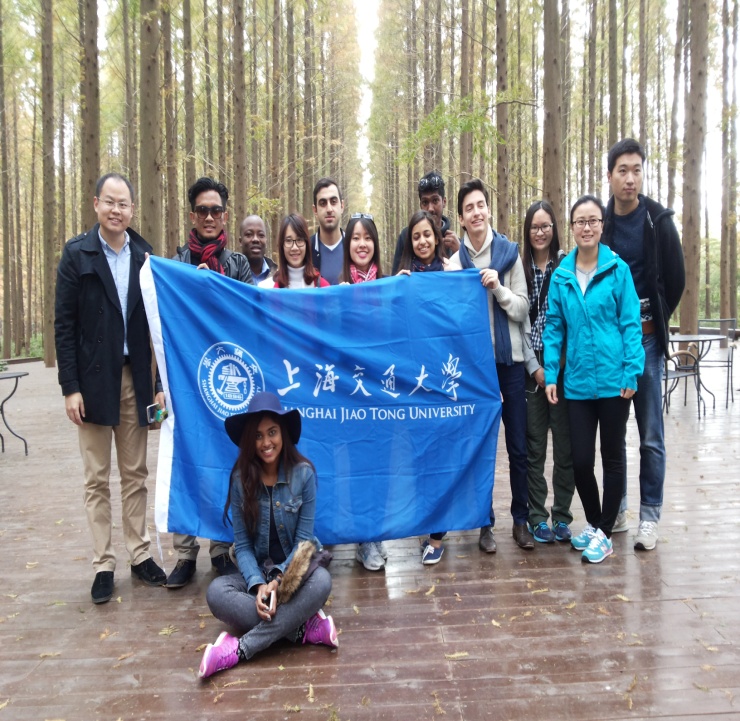
Figure 1: Students from SJTU and their teachers

Figure 2: Some artistic paintings from Dongtai Museum
Background of Dongtai City
Dongtai is a coastal city in the Jiangsu province of China. It has a land mass of about 2,340 Km2 and an approximate population of 1.2 million. About 300,000 people live in the Dongtai urban city while others are distributed in the suburban and rural settlements under the city’s administration namely Qindong, Shinian, Wulie, Touzao, Nanshenzao, Sancang, Tangyang, Jianggang, Xuhe, Xinjie, Fu'an, Anfeng, Liangduo, etc.
Historically the city dates back to 117 B.C, where the Xixi town appeared as a small community governed by an ancient Haining County in 937 A.D. Dongtai have had a couple of name alterations since there were frequent replacements of dynasties after the Tang dynasty.
Dongtai has been rich in salt mining and Agriculture as well as its current richness in industry and trade. The people of Dongtai are noted for creative painting and great literary work.Dongtai is an interesting city with a lot of tourist sites. Some of these tourist sites are Dongtai City Museum, Xixi (an ancient town and also known as the Holy land of Buddhism), The Yellow Sea Reclamation Site, Forest Parks, Fairy Tale Cultural Park, etc.
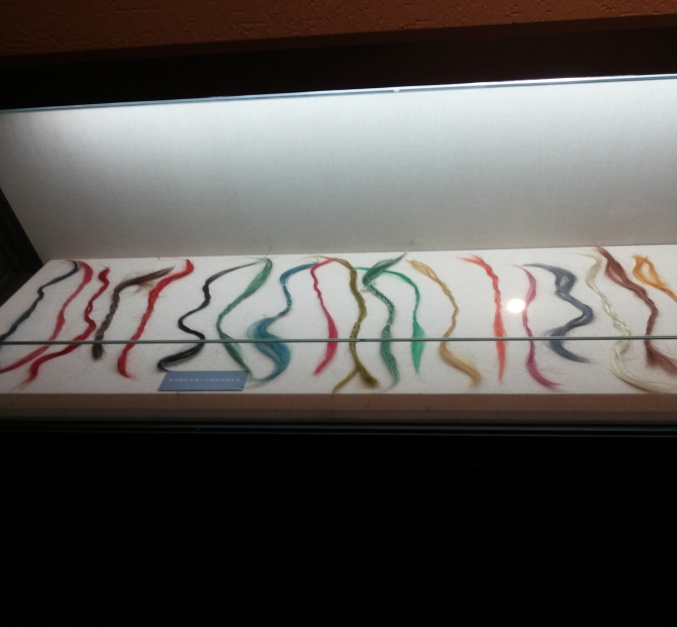
Figure 3: Exibits of Chinese Hair Embroidery

Figure 4: A student grinding bean with a local technology
Second Day
We prepared for the day’s trip. Prior to taking off breastfast was served after which the bus headed to Dongtai Museum. In the Dongtai Museum there were exhibits of Chinese Hair Embroidery. The hairs were beautiful, peculiar in material and unique in texture. Dongtai is the home of Chinese Hair Embroidery made from beautiful young Chinese girl’s hair.
At another section of the Museum was exhibits of ancient literary writings, artistic handwritings and paintings. Dongtai has a long history of literature, handwriting and paintings dating back to the Song Dynasty.
Dongtai is the hometown of Children’s Erhu performance. Erhu is simply Chinese violin. The performance is famous both home and abroad. The Dongtai Children’s Erhu performers have won many medals in China. There were exhibits of pictures and paintings of the Dongtai Children Erhu in performance. There were also exhibits of ancient porcelain bowls in display and old abacus counters.
We proceeded to the Xixi community. Xixi is an ancient town with a wealth of historical artifacts. We were welcome with a typical cultural dance performed by some young beautiful Chinese ladies. We visited a local brewery where they use basic and simple techniques to brew wine.
From the local brewery, our next stop was Dong Yong and the Seventh Fairy Princess Cultural Park where the ancient Pagod Tree is located. The story of Dong Yong and the Seventh Fairy Princess is sometimes translated as Fairy Couple, is a Chinese legend that existed in oral tradition. There are many versions of the story but here goes one:
Dong Yong, a filial piety son and a farmer, lived with his father after his mother died. They were so poor that when his dad died Dong Yong did not even have enough money to buy a coffin for the deceased. In desperation he sold himself to a greedy landlord as a slave in exchange for bucks to bury his father.
His story moved an angel who is the seventh daughter of the Goddess of the Heaven. She broke the rules of the Heaven and descended to the Earth in secret. With her sisters’ help, she was arranged to meet Yong and finally married him. It is believed that they married under the Pagod Tree. She wove 300 bolts of cloth within a month for the landlord in return for her husband’s relief from slavery.
Months later, however, the Goddess was finally aware of her daughter's disappearance and sent right way warriors to the Earth to take her back. The angel was dragged to leave her husband but Dong Yong chased after his wife to the sky. To prevent fierce warriors from harming her husband, the angel made a river in a hurry, the Milky Way, in the sky using her hairpin, which kept her husband away from warriors but unfortunately separated him forever from joining her.
In the Heaven, the angle gave birth to a baby boy but the Goddess ruled that the infant should not stay. The newborn was seized from grieving mom and was sent back to Yong who was in poverty. Day and night, the lonely husband bore his crying infant on his back but the sobbing wife was instead in custody in the Heaven.
Touched by the desperate situation, the Goddess eventually agreed that the couple could meet once a year. With help from a bird species, magpie, using their bodies and feather, a bridge is formed over the river by countless flying birds, on which the broken family could ultimately reunite in the evening of the 7th Day of the 7th Lunar Month, each year in China’s lunar calendar. This day is now depicted the China’s Valentine’s Day. (Source: http://www.jiangsu.net/city/city.php?name=dongtai, Accessed 22nd November, 2015)
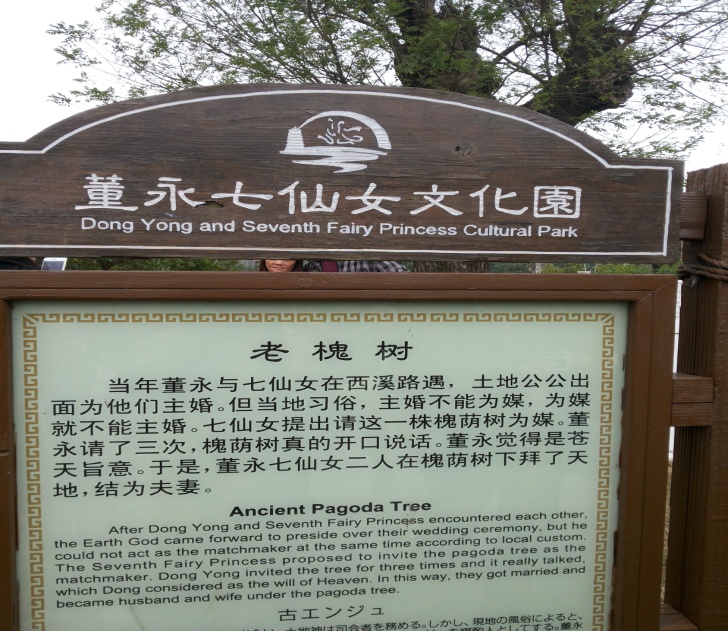

Figure 5: Dong Yong and the Seventh Fairy Princess Culture Park Figure 6: Ancient Pagoda tree
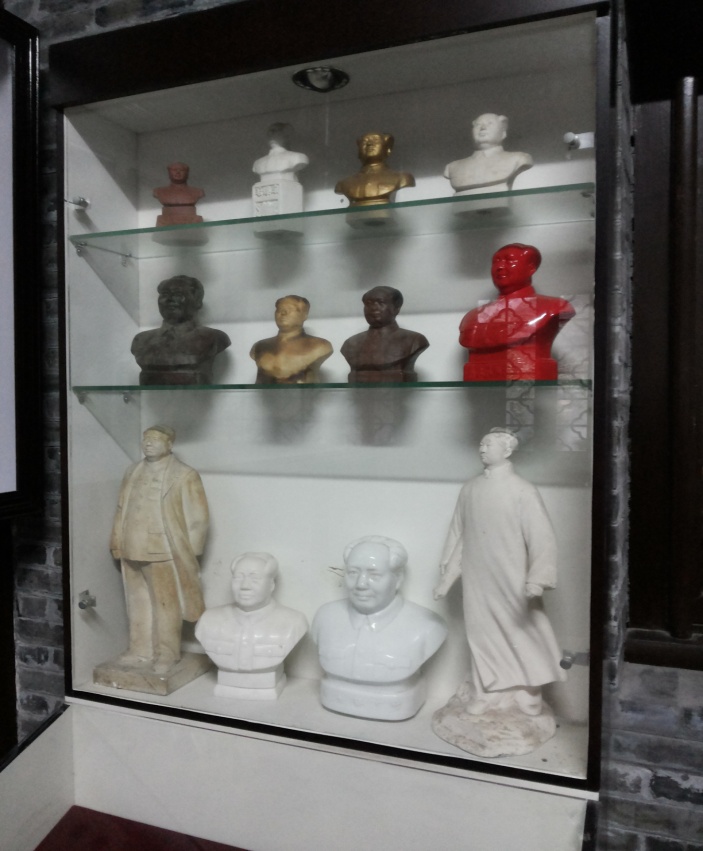

Figure 7: Chairman Mao's portraits Figure 8: Culture dance
Before lunch, we visited the Guangfu Temple. The temple, built in the Western Han Dynasty era is the oldest in Xixi. The temple contains Deity Hall, Grand Hall, lectures halls, etc.
After lunch, we visited the Chairman Mao Emblem Musuem and Cigarette Pack Museum. At Chairman Mao Emblem Musuem, there were souvenir shops that sell and display the late Chairman Mao’s souvenirs. The Cigarette Pack museum showcased old cigarette packs for over hundreds of years. There was a Dance Ensemble that performed to entertain visitors. They treated us with a magnificent performance.
Lastly we visited JST Technologies Company Limited. The company manufactures antenna-feeder systems, screws, pipes and other products of mobile communications. We went to our guest house, had dinner and finally retired to bed. The day was indeed stressful but very exciting.
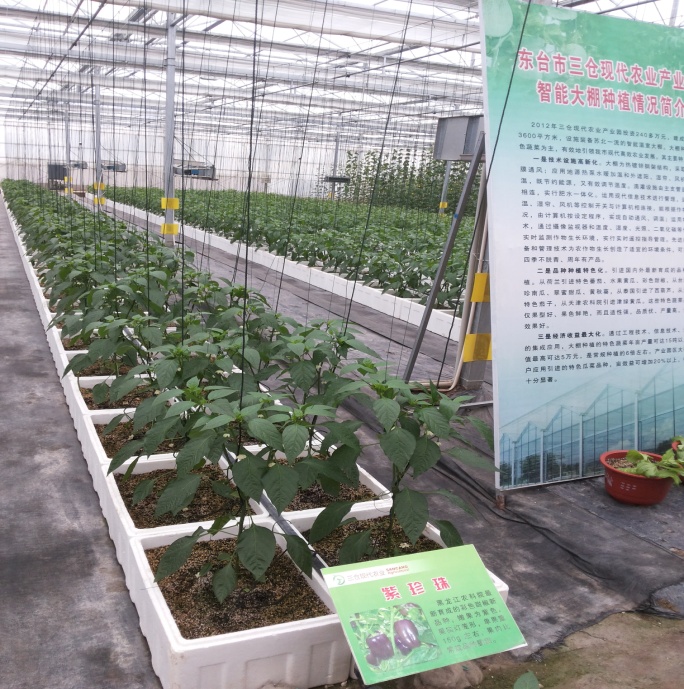
Figure 9: Green house planting demonstration

Figure 10: Agriculture exibition
Third Day
We had our breastfast at 8am and took off at 8:45am to Dongtai Sancang Modern Agro Ecological Park. They exhibited some agricultural products, some for sightseeing and others for consumption. They include eggs, carrots, water melon, cabbage, lettuce, etc. We were also taken for inspection at the Green Housing Planting Demonstration.
The next place of visit was Zhiqing forest. We moved through the forest enjoying the serene nature of the place. The forest is actually big and a romantic place to be.
Finally we visited the beachside, the coast of the East China Sea also known as yellow sea. The breeze and freshness of the place was exhilarating. We saw land reclamation project on-going. It is believed that by 2020, a total land size equal to the land size of Singapore would have been reclaimed from the sea. We had our launch and prepared to come back to school. The trip was an exciting one with many interesting things learnt about China and its Culture.